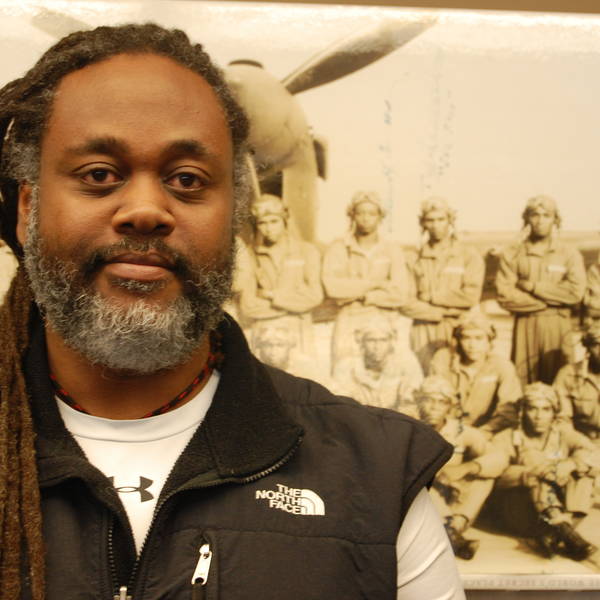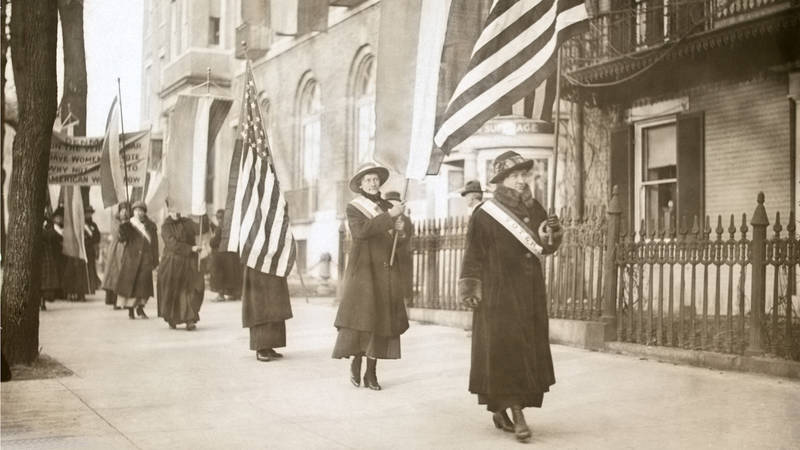Our collective fascination with the Civil War often brushes past the complex underlying issues of race, slavery, and politics to focus exclusively on bullets, bayonets, and tactics—but we should take every effort to broaden our concepts about what constitutes “real” Civil War history and what doesn’t.
Several years ago, Gettysburg National Military Park interpretive ranger and historian D. Scott Hartwig shared the following story. He was near the old Zeigler’s Grove visitors center when an English couple, spotting his Park Service uniform, stopped to ask a question. They had toured the battlefield, visited nearly every monument and statue, and seen the Electric Map. They had read about Little Round Top, Pickett’s Charge, and the copse of trees. They knew that a large and important battle had taken place here in the surrounding fields and the nearby town.
Still they had one burning question: “What exactly were you chaps fighting about in the first place?”
Our Civil War was a watershed event. It led directly to the freeing of more than four million enslaved people and resolved the question of a house divided against itself in a cataclysm of violence that killed more than 700,000 people. The causes and consequences of that bloody four-year struggle are with us to this day and we ignore or neglect the study of this period in American history at our own peril.
Why, then, were our two English cousins, as well as countless other visitors, so unclear on the root causes of the war after spending so much time at the nation’s premier outdoor classroom on the subject?
Our collective fascination with the Civil War often brushes past the complex underlying issues of race, slavery, and politics to focus exclusively on bullets, bayonets, and tactics; it’s an approach that influences what we highlight and how we explain to ourselves and others what happened during the war. We do this because it is easier to talk about who shot whom, where, and with what kind of weapon, than to have more challenging conversations about the root causes of the conflict. This was certainly the underlying theme of the centennial of the Civil War (1961-1965), and for a time, folks were reasonably worried that the commemorative events of the 150th anniversary would follow a similar path.
Enter the National Park Service.
Determined to expand the interpretive array of American Civil War history, NPS has done a fine job over the last two decades of making that story more inclusive and accessible to a wider spectrum of the American public. At Civil War battlefield sites across the country more emphasis was placed on telling the story of individual soldiers, preferably rendered in their own words. The struggles, challenges, and contributions of women on the home front and the battlefield were brought into sharper relief. And at Gettysburg National Military Park, rangers developed and led walking tours, highlighting the history of the town’s sizeable 19th century free African-American population and the significant role Adams’ County played in the Underground Railroad.
Thanks to the National Park Service’s scholarly and interpretive forums, we have a better, broader, and more inclusive understanding of the causes and consequences of the Civil War. As we commemorate the 150th anniversary of the Battle of Gettysburg, legislation is pending before Congress (S. 782 in the Senate and H.R. 1513 in the House) that would expand the battlefield to include the Lincoln Train Station and 45 acres of land near Plum Rum. The Gettysburg National Military Park Expansion Act ensures that the National Park Service will be able to protect and preserve key sites associated with the battle in perpetuity and aid in enhancing public understanding of this epic event.
We do not need to eliminate bullets, bayonets, and tactics from Civil War interpretation. But we should take every effort to broaden our concepts about what constitutes “real” Civil War history and what doesn’t. The next Battle of Gettysburg is already being fought to win the hearts and minds of new generations of Americans who may not embrace the old ways of thinking about battlefields. Advancing these bills and supporting the continued efforts on the part of the National Park Service to broaden our understanding of the Civil War must be key components of any successful Civil War sesquicentennial. Our English cousins and millions of Americans are counting on it.
Stay On Top of News
Our email newsletter shares the latest on parks.
Update: Congress passed legislation to expand Gettysburg National Military Park in December 2014 as part of a historic “parks package” authorizing seven new national park sites and nine park expansions.
About the author
-
 Alan Spears Senior Director of Cultural Resources, Government Affairs
Alan Spears Senior Director of Cultural Resources, Government AffairsAlan joined NPCA in 1999 and is currently the Senior Director of Cultural Resources in the Government Affairs department. He serves as NPCA's resident historian and cultural resources expert. Alan is the only staff person to ever be rescued from a tidal marsh by a Park Police helicopter.
-
General
-
- NPCA Region:
- Mid-Atlantic
-
Issues

